290,000 USD will get you Fukuoka Prefecture’s oldest bank building
Fukuoka’s oldest bank building to be demolished if buyer is not found
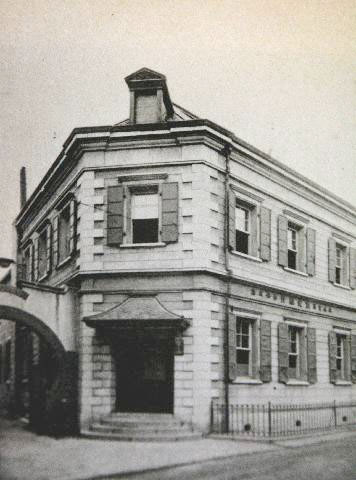 The owner of a 118-year old former bank building in Kitakyushu City plans to demolish the historic property in the new year in order to sell the vacant block of land.
The owner of a 118-year old former bank building in Kitakyushu City plans to demolish the historic property in the new year in order to sell the vacant block of land.
The former Sumitomo Bank Wakamatsu Branch Building was built in 1897 and is the oldest surviving bank building in Fukuoka Prefecture. The bank closed its doors in 1967, just as the region's coal mining industry was reaching an end.
The two-storey, wood and brick building fronts onto a covered shopping arcade and adjoins an open plaza that was once the site of the branch office for Sumitomo’s coal mining operations.
Sumitomo’s archival department do not know who the original architect was, although some experts suggest it may have been Magoichi Noguchi (1869-1915), an architect who designed many of Sumitomo Bank’s branches during that period, and who had also designed the Osaka Prefectural Nakanoshima Library.Read more
Tokyo City to demolish Kunio Maekawa-designed clubhouse
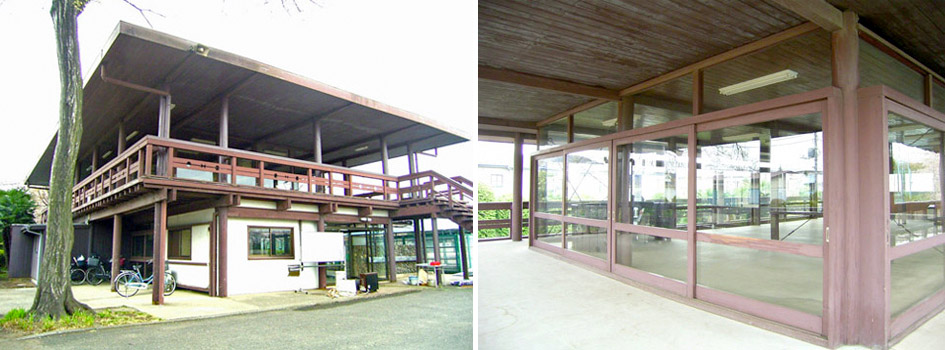
The Tokyo metropolitan government plans to demolish the Fujimigaoka Clubhouse in Suginami-ku within this financial year.
The 200 sqm, 2-storey wooden structure was built in 1954 as the clubhouse for the former NHK sports grounds. It was designed by Kunio Maekawa - one of Japan’s great modernist architects.
Suginami-ku had leased the grounds from NHK from 2007 until May 2015, and used the clubhouse as the management office. Tokyo City acquired the 10.9 hectare property from NHK between 2012 ~ 2014, and are preparing to turn it into a public park. Unfortunately the city has decided that the clubhouse must be demolished to make way for the new park.Read more
Japan’s first high-rise condominium to be redeveloped
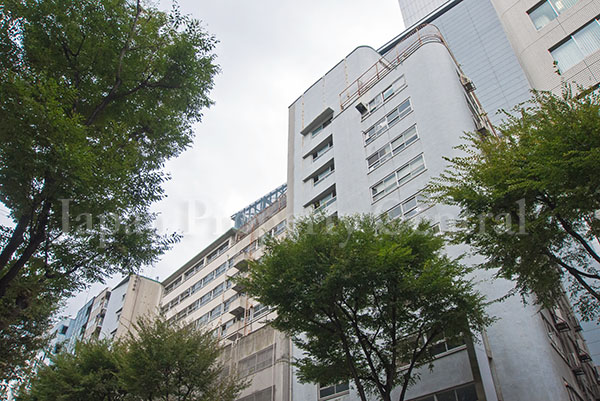
After several years of discussions, redevelopment plans have finally been announced for the 62-year old Miyamasuzaka Building / Miyamasuzaka Apaato in Shibuya. Demolition of the current building is expected to start in February 2016, with the new building to be completed by 2020. The building’s owners association voted in favour of redevelopment in March 2012.
This was Japan’s first high-rise condominium. It was developed by the Tokyo Metropolitan Government Bureau of Construction and completed in 1953. The building has 11 storeys above ground and one basement floor.
The typical apartment size in this building ranged from 39 ~ 43 sqm (420 ~ 463 sq.ft). Although the rooms may be small by today’s standards, the building was considered to be the epitome of luxury living at the time. When new, prices ranged from 600,000 ~ 1,000,000 yen, and almost all of the buyers were high-income earners such as bureaucrats, bankers or university professors.Read more
Cities across Japan tackling abandoned home issue
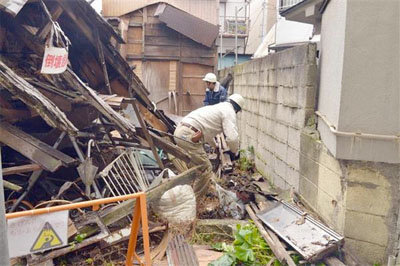
Japan has over 8,000,000 empty homes and apartments, representing 13.5% of the housing stock. Almost 70% of those are in buildings over 35 years old, and 44.5% are in buildings over 45 years old. The homes are in varying states of decay and not always in a condition where they could be occupied, and are often in locations where there is little to no housing demand.
A survey by the Nikkei Research Institute of Industry and Regional Economy found that over 60% of Japan’s major cities are making efforts to deal with the growing number of abandoned and dilapidated homes.
In Nagasaki City, owners of old homes they no longer want can donate them to the city. The city will then bear the cost of demolishing the structure and will convert the land for public use.Read more
Iga City’s modernist government building may be saved from demolition

The 50-year old City Hall building in Iga City, Mie Prefecture, might just be saved from demolition after a building report suggested that repairing the structure may be cheaper than rebuilding it.
The city mayor has proposed restoring the south building and using it as a multi-purpose centre with library facilities. At a council meeting, however, concerns were raised about whether the building could be earthquake-retrofitted and how much it would cost to renovate it rather than destroy it.
Early estimates suggested that large-scale repairs and maintenance to the building could cost around 5.5 billion Yen (44.5 million USD).Read more
Shibuya Parco to be rebuilt
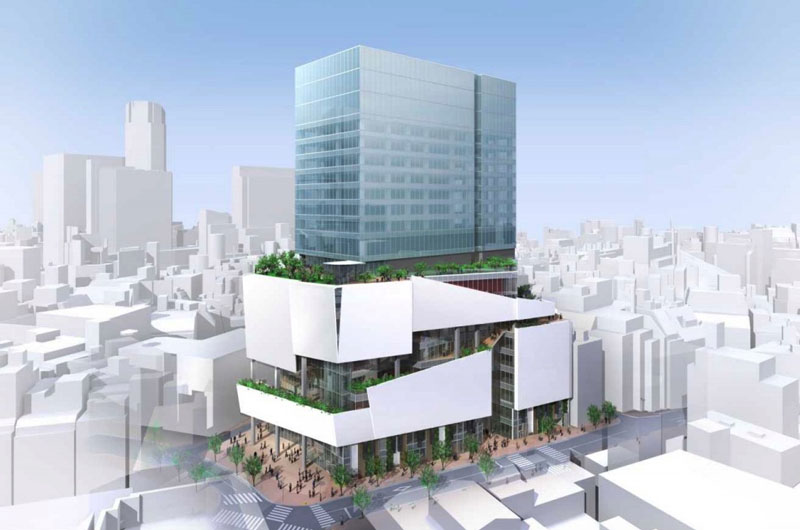
The Shibuya Parco Store is going to be redeveloped as part of the Udagawacho 15 District Redevelopment Project.
The new building will be 29 storeys and 110 meters tall. It will contain retail space the first 8 floors, with rental office space on floors 9 and above. Construction will start in March 2017 with completion scheduled for late 2019.Read more
Shibuya Ward Office demolition to start in November

Demolition of the 51-year old Shibuya Ward Office and Public Hall buildings will start this November. Discussions to redevelop the government offices began in early 2013 after a building inspection found that the ward office building did not meet minimum earthquake-resistant standards and was at risk of collapse in an earthquake with a shindo level of upper-6.
The Shibuya government office buildings include the 6-storey ward office and the 4-storey Shibuya Public Hall (Shibuya C.C. Lemon Hall). They were completed in 1964, and the Hall hosted the weight-lifting events for the ’64 Summer Olympics.
To help cover the costs of rebuilding, part of the government-owned land will be leased to Mitsui Fudosan Residential under a 70-year fixed term. Mitsui will construct a 143m tall, 39-storey residential tower. At the end of the lease, residents will vacate their apartments, the building will be demolished and the land will be returned to the local government.Read more
